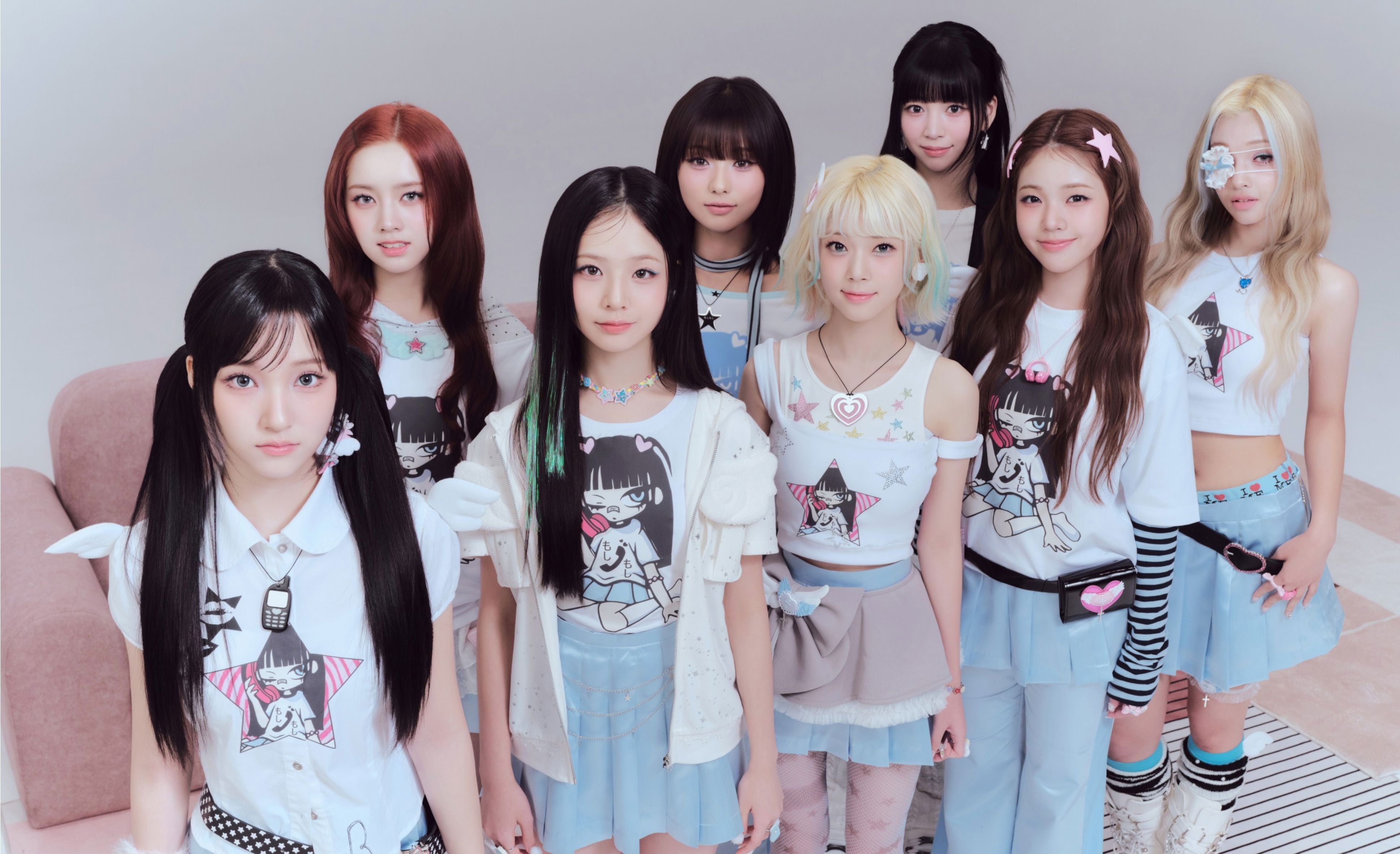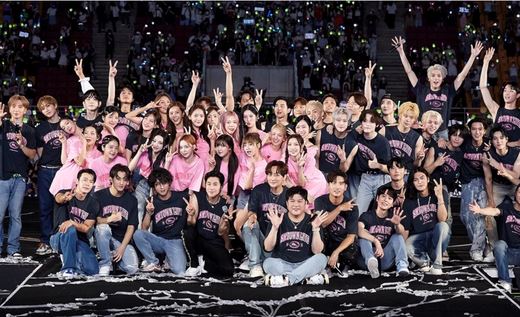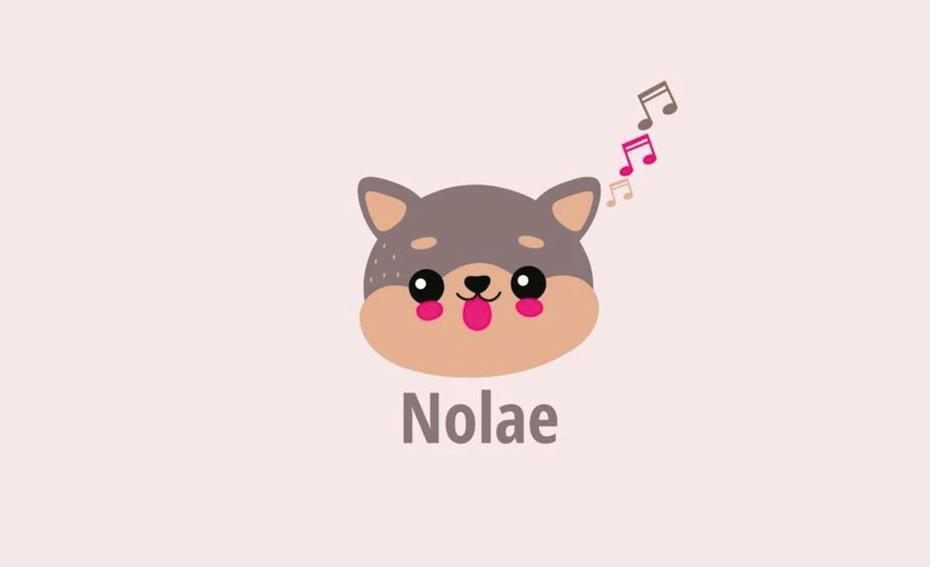All about the 1st generation of K-Pop: 1992 - 2003!
Alles über die 1. Generation von K-Pop: 1992 - 2003!
Autor: Helen Bosch / Nov 01, 2022


K-Pop Blog > Overview > K-Pop Generationen
Seit 2017 wird der K-Pop von den globalen Medien wahrgenommen, aber die Geschichte des Genres begann schon in den 90er-Jahren. Damals wurde nämlich die erste K-Pop Generation eingeleitet, welche die Grundlage für alle nachfolgenden Generationen bildet. Möchtest du mehr darüber wissen? Dann lass uns gemeinsam einen Blick auf diese Zeit werfen!
- Wann begann und endete die 1. Generation?
- Was macht die 1. Generation aus?
- Welche Bands gehören zur 1. Generation?
Eine kurze Übersicht über alle bisherigen Generationen findest du hier.
Wann begann und endete die 1. Generation?
Die Boygroup H.O.T, die in 1996 debütierte, wird im Allgemeinen als die erste K-Pop Idolgruppe bezeichnet und gilt deswegen als Auslöser der 1. Generation. Demnach hat sie in 1996 begonnen.

Andererseits kann auch 1992 als Startpunkt bezeichnet werden, weil in diesem Jahr die dreiköpfige Boyband “Seo Taiji and Boys” debütierte, welche die koreanische Musik revolutionierte und die Grundlage für K-Pop bildete, wie wir es heute kennen.
Mehr zu den beiden Gruppen erfährst du gleich!
Die Generation endete 2003, denn im Dezember begann mit dem Debüt der Boygroup TVXQ die 2. Generation.
Was macht die 1. Generation aus?
Natürlich ist das Besondere an der ersten Generation, dass sie das Genre K-Pop überhaupt erst gegründet und entwickelt hat. In dieser Zeit wurden die ersten Boygroups und Girlgroups geboren und es entstand eine “Formel” für Idolgruppen, welche noch heute verwendet wird.
Außerdem war die Generation stark von den verschiedenen Entertainments, vor allem von den Big 3, geprägt. Sie haben das Genre mitentwickelt und dominieren die K-Pop-Szene damals, jetzt und sicherlich auch in Zukunft.
Möchtest du mit uns ein bisschen tiefer in diese verschiedenen Aspekte eintauchen? Wir haben die interessantesten Details hier für dich zusammengefasst:
Die Entstehung von K-Pop
In 1992 debütierte eine dreiköpfige Boyband namens “Seo Taiji and Boys”, zu der unter anderem Yang Hyunsuk, der Gründer von YG Entertainment, gehörte. Bereits der Debütsong “Nan Arayo” stach hervor, denn es war einer der ersten koreanischen Rap- Songs.
Die Band wurde von Hip-Hop und westlicher Musik inspiriert. Sie fügten nicht nur Rap in ihre Songs ein, sondern bauten auch englische Begriffe oder ganze englische Zeilen in ihre Songtexte ein. Die neue Musik begleitete sie mit Hip-Hop-Choreografien, die viele synchronisierte Moves enthielten. Damit war der K-Pop geboren, denn nachfolgende Künstler weiter entwickelten. Die Band inspirierte andere Musiker der K-Pop Szene ebenfalls mehr mit ihrer Musik und ihrem Stil zu experimentieren.

Obwohl das Trio sich 1996 auflöste, ist es noch heute eine Legende. Die Band revolutionierte nämlich nicht nur die koreanische Musik, sondern feierte auch einige großartige Erfolge. Schon das Debütalbum wurde über 1.5 Millionen Mal verkauft und gehört somit noch heute zu den meistverkauften Alben in Südkorea! Zwei ihrer Alben knackten außerdem die zwei Millionen Marke. Obwohl neuere K-Pop Gruppen eine viel größere Reichweite haben, haben nur wenige von ihnen - BTS, Black Pink, NCT und Seventeen - ebenfalls zwei Millionen Exemplare eines Albums verkaufen können.
Inspiriert von Seo Taiji and Boys debütierte 1996 die allererste K-Pop Boygroup H.O.T.
Die fünfköpfige Gruppe wurde von SM Entertainment produziert und gilt als die erste Idolgruppe, weil sie einem Muster folgt, für das K-Pop Idolgruppen noch heute bekannt sind: H.O.T kombinierte den neuen Musikstil nämlich wie ihre Vorgänger Seo Taiji und Boys mit choreografieren und einstudierten Tänzen, die sich durch viele synchrone Moves auszeichnen. Allerdings war H.O.T nicht mehr so stark von Hip-Hop geprägt, sondern setzte auf leicht einprägsame Melodien. Außerdem hatte SM Entertainment bei der Wahl der Mitglieder zusätzlich einen Fokus auf gutes Aussehen gelegt. Die vollständige Formel lautet: Choreografierte und synchronisierte Tänze + eingängige Musik + aufeinander abgestimmte Outfits + gutes Aussehen
H.O.T lösten sich in 2001 offiziell auf. In den fünf gemeinsamen Jahren hatte die Boygroup über 6.4 Millionen Alben in Südkorea verkauft. Schon das erste Album “We Hate All Kinds of Violence” wurde über 1.5 Millionen Mal verkauft und bewies so schon sehr früh, dass Idolgruppen in Südkorea eine große Zukunft hatten! In 1997 betraten gleich mehrere neue Idolgruppen die Bühne und eroberten die K-Pop-Szene!
Die allererste K-Pop Girlgroup

Nachdem Erfolg von H.O.T dauerte es natürlich nicht lange, bis auch die ersten K-Pop Girlgroups entstandenen. Wenn wir das Internet fragen, wer die erste K-Pop Girlgroup war, lautet die erste Antwort S.E.S. Die dreiköpfige Girlgroup wurde wie H.O.T von SM Entertainment produziert und debütierte im November 1997. Sie galt anfangs als das weibliche Gegenstück zu H.O.T.
Tatsächlich haben vor S.E.S aber schon zwei andere Girlgroups ihr Debüt gegeben: Baby V.O.X (July 1997) und Diva (August 1997). Sie waren beide sehr erfolgreich: Baby V.O.X hatte zum Beispiel auch sehr viel Erfolg in China und trug dazu bei, K-Pop dort zu verbreiten. Beide Gruppen reichten aber nicht an den Erfolg von S.E.S oder Fin.K.L heran. Fin.K.L debütierte 1998 und galt als Rivale von S.E.S.
Vielleicht liegt es an der höheren Beliebtheit, dass S.E.S zuerst genannt wird, wenn es um Girlgroups der ersten Generation geht.
Der Einfluss der Big 3
So wie heute wurden K-Pop Gruppen schon in der ersten Generation von Entertainments zusammengestellt und produziert. Neue Systeme, innovative Konzepte und musikalische Experimente sind also eher auf die Entertainments zurückzuführen, die hinter den Künstlern stehen. Sie waren es also, die das Genre entwickelt und zu dem gemacht haben, was es heute ist.
Zu den Entertainments die damals schon existieren und auch heute noch aktiv sind, zählen unter anderem SM Entertainment, JYP Entertainment, YG Entertainment, SidusHQ (managt unter anderem g.o.d), DR Music (Blackswan) oder DSP Media (Kard).

SM, YG und JYP werden, wie du vielleicht weißt, heute als die “Big 3” bezeichnet, weil sie schon seit der ersten Generation kontinuierlich Hits produzierten. JYP eroberte zum Beispiel mit dem Sänger Rain ganz Asien und YG wurde von einem der Gründer des K-Pop - Yang Hyunsuk aus “Seo Taiji and Boys” - selbst gegründet und konnte in der ersten Generation mit dem Sänger Seven einige Erfolge verbuchen.
Gerade SM Entertainment dominierte die erste Generation mit gleich mehreren extrem erfolgreichen Idols wie H.O.T, S.E.S, Shinhwa und BoA! Auch in den folgenden Generationen platzierte SM sich mit Stars wie TVXQ, SNSD, SHINee, Red Velvet, NCT oder aespa kontinuierlich an der Spitze.
Außerdem führte SM Entertainment auch das Trainee-System ein: Das Label trainierte junge Talente intensiv mehrere Monate oder sogar Jahre lang, um sie auf ihr Debüt vorzubereiten. Andere Labels übernahmen das System und heute ist es untrennbar mit der K-Pop-Szene verbunden. Talentierte Jungen und Mädchen werden inzwischen weltweit durch Castings ausgewählt oder zufällig rekrutiert. Ob als Zuschauer auf einem Konzert oder beim Shoppen mit der Familie; zukünftige Idols wurden schon in den verrücktesten Momenten angesprochen und gefragt, ob sie Musik machen möchten.
Im Anschluss werden diese Talente mehrere Jahre lang intensiv trainiert. Sie bekommen nicht nur Gesangs- und Tanzunterricht, sondern lernen unter anderem auch Schauspielerei und andere Sprachen wie Japanisch oder Englisch. Manche Idols wachsen fast schon in ihren jeweiligen Entertainments auf, denn Trainingszeiten von vier bis sechs oder sogar zehn Jahren sind nicht ungewöhnlich. (Natürlich gibt es auch viele Idols, die vor ihrem Debüt nur wenige Monate trainiert haben.)
Über die Jahre hinweg haben die Entertainments weiterhin mit immer neuen innovativen Ideen die K-Pop-Szene vorangebracht. In 2020 erschuf SM Entertainment zum Beispiel noch “Beyond Live”, den ersten Konzert-Streaming-Dienst der Welt!
Welche Bands gehören zur 1. Generation?
Zu den bekanntesten Gruppen dieser Zeit gehören:
- Seo Taiji and Boys
- H.O.T
- S.E.S
- g.o.d
- Shinhwa
- Sechs Kies
- Turbo
- Baby V.O.X
- Fin.K.L
- Fly to the Sky
Dies sind ein paar der beliebtesten Solokünstler:
- Rain
- Lee Hyori
- Seven
- BoA
Vielleicht sind dir ein paar der Namen vertraut, denn tatsächlich sind ein paar dieser Künstler wie BoA, Rain und Shinhwa heute noch aktiv.
Tatsächlich ist Shinhwa die am längsten bestehende Boyband in der Geschichte des K-Pop. Sie debütierte 1998 und ist damit schon fast 25 Jahre im Geschäft! Und das ohne eine einzige Änderung im Line-up; damals wie heute besteht die Boygroup aus den gleichen sechs Mitgliedern. Shinhwa war außerdem die erste K-Pop Boygroup die sich nicht nach ihrem Militärdienst aufgelöst hat, sondern im Anschluss wieder gemeinsam auftrat. Darüber hinaus sind sie die erste Idolgruppe, die auch nachdem sie ihr originales Label (in diesem Fall SM Entertainment) verlassen hat, weiterhin erfolgreich aktiv ist.
Hast du dir schonmal die Musik von Künstlern der 1. Generation angehört? Gibt es jemanden, über den du gerne mehr wissen würdest? Lass es uns wissen!
Das könnte Dich auch interessieren
5% RABATT BEI NEWSLETTER ANMELDUNG
Die neuesten Produkte, Aktionen und News. Direkt in dein Postfach.











